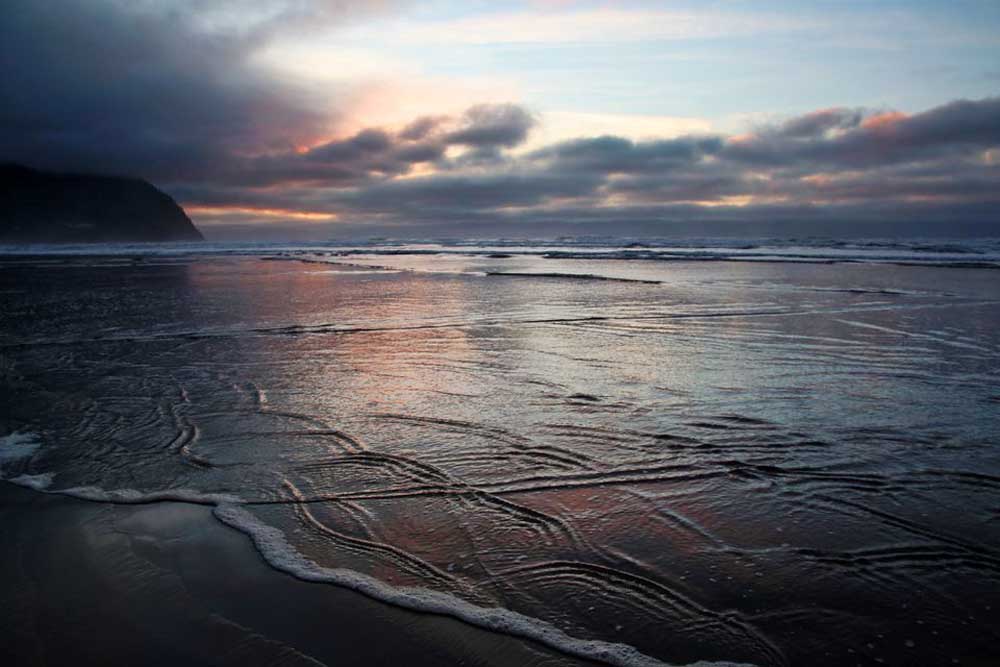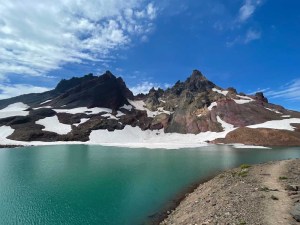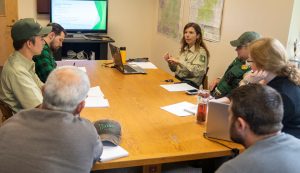Oregon boating fatalities fell in 2022
Published 4:41 pm Monday, January 23, 2023

- Whether at a reservoir, river or the ocean, Oregon officials urge people to be careful when recreating on the water.
New data from the Oregon State Marine Board show nearly half of Oregon’s 16 boating deaths in 2022 happened during July alone, and all but five happened during the summer months, when heat waves struck parts of the state.
That’s not entirely surprising. As the weather gets warmer, people flock to bodies of water to cool off — but many aren’t aware of how cold the water still is. Any water temperature below 70 degrees Fahrenheit can be hazardous, according to the National Center for Cold Water Safety. When cold water makes contact with skin, a person can go into shock and lose control of their breathing. That makes the risk of drowning high, even if the water is calm.
Trending
In 2022, most of the victims were men, and most of them were not wearing life jackets, according to the Oregon State Marine Board, which released information on the fatalities Thursday.
Oregon’s boating deaths decreased slightly from 2021, when the state recorded 19. The previous year, Oregon saw its highest number since 1993 — 26.
An additional four people died while boating on Oregon waterways in 2022, but their deaths were not classified as “boating deaths” by the U.S. Coast Guard’s definition, either because the boat was anchored, the death occurred after the person was back on land or it occurred when the person was using a river tube rather than a boat.
In one such case , Kevin McDowell, a 35-year-old Portland man, drowned after he jumped in the Columbia River from his anchored boat on one of the hottest days of the year to save a woman who was struggling to swim. The woman survived.
The Rogue and Willamette rivers had the highest number of boating fatalities with three apiece. But water deaths happened all over the state, and ranged from drownings on lakes and reservoirs to the Pacific Ocean — giving a sense of just how prevalent fatal water accidents can be in the wrong conditions.
The circumstances around the boating deaths varied widely last year, from sudden medical incidents to boats getting stuck. Seven times boats capsized.
Trending
But regardless of what happens, water safety experts and law enforcement officials agree on one main thing that can help in an emergency on the water: wearing a properly-fitting life jacket. In 10 of last year’s 16 boating deaths, victims were not wearing personal flotation devices, data from the Oregon State Marine Board showed.
Water safety experts say it’s vitally important to know basic safety rules that can protect even the most experienced boaters.
Swift undercurrents and hazards like logs or rocks under the water’s surface can add to the unexpected dangers.
Some local organizations are trying to reduce drowning deaths by providing free life jackets at bodies of water.
The U.S. Army Corps of Engineers, Portland District, has a list of life jacket “loaner stations” around the state. Corvallis Parks & Recreation provides a rotating supply of about 600 life jackets at a local aquatic center and two access points on the Willamette River. Metro, the Portland-area regional government, also stocks life jackets at half a dozen boat ramps and water recreation areas.
The Army Corps of Engineers also urges people to look for the four signs of drowning: head back and bobbing above and below the water’s surface; mouth open; no sound and arms outstretched as if the victim is slapping or playing in the water.
The federal agency summed up the need for the flotation devices in its national water safety campaign:
“Please wear it.”








